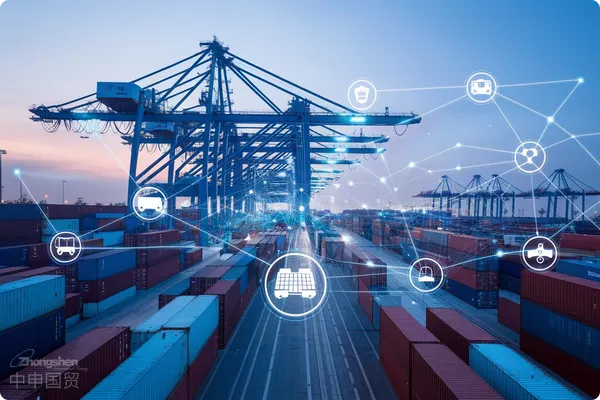- Shanghai Zhongshen International Trade Co., Ltd. - Two decades of trade agency expertise.
- Service Hotline: 139 1787 2118

EquipmentImport RepresentationDecoding the true value of services
The global equipment trade market is expected to exceed $2.3 trillion in 2025, but the hidden costs of cross-border equipment procurement continue to rise. Professional data shows that enterprises without professional agents bear an average of 27% additional costs inEquipment Importsthe process, with a 32% probability of compliance risks. This comparative data reveals the core value of professional agency services—achieving the dual goals of cost optimization and compliance assurance through systematic risk control.
The deeper dimensions of qualification review
Most enterprises only focus on business licenses and Customs AEO certification, but overlook three key dimensions:
- Special Equipment Operation License:Medical EquipmentRequires CFDA filing, pressure vessels require ASME certification
- Industry Case Database: Require service providers to provide customs clearance records for similar equipment (at least 10 cases)
- Emergency handling capacity: Specify dispute resolution timelines in contract supplementary clauses
Hidden variables in cost calculation
The non-obvious costs involved in equipment imports are often underestimated:
- Differences in demurrage fee calculation models
- Standard containers: $120/day
- Special equipment containers: $300-800/day
- Technical rectification costs (common in cases of non-compliance with CE certification)
- Exchange rate locking window period (recommended to adopt 60-day forwardFX Settlement AgencyTrade dispute settlement mechanisms
The golden triangle of risk prevention
The core competitiveness of professional agents lies in risk prediction mechanisms:
- HS code pre-confirmation system: Lock tax rates through customs pre-classification opinions
- Technical document pre-review process: Ensure drawing parameters fully match declaration information
- Emergency fund pool system: Recommend reserving 3% of cargo value as contingency reserve
Decision evaluation comparison matrix
- Self-import VS professional agent cost comparison
- Time cost: 37 days VS 21 days
- Document error rate: 18% VS 2.7%
- Comprehensive cost fluctuation range: ±15% VS ±5%
Four-step cooperation promotion method
Recommend adopting a phased verification cooperation model:
- Demand diagnosis phase: Require the service provider to issue an Equipment Characteristics Analysis Report
- Solution verification phase: Conduct service testing in a single segment (such as pre-classification)
- Risk-sharing clause: Strive to include port demurrage compensation in the main contract
- Data review mechanism: Quarterly service reports must include quantitative analysis of cost savings
When enterprises choose equipment import agency service providers, they are essentially purchasingRisk control capability and resource integration efficiency. Truly professional service providers should possess the ability to transform complex customs clearance processes into deterministic cost budgets, which is the key to maximizing value in cross-border equipment trade.
Related Recommendations
? 2025. All Rights Reserved. Shanghai ICP No. 2023007705-2  PSB Record: Shanghai No.31011502009912
PSB Record: Shanghai No.31011502009912










